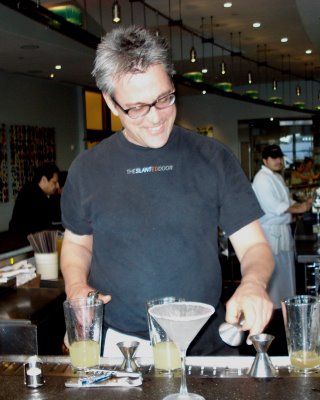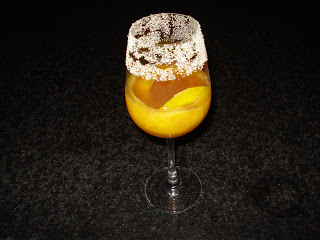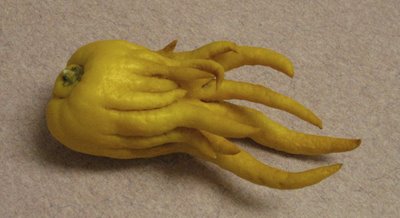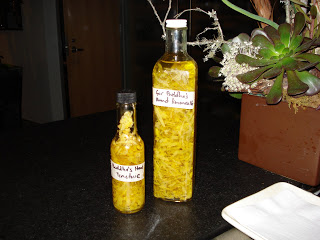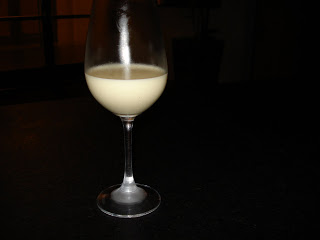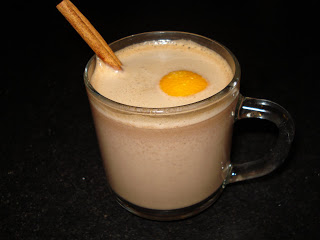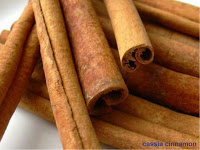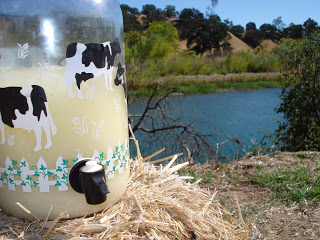The French 75 is one of the great classic cocktails. Spirit, citrus and sugar, the makings of a great sour, but topped with Champagne. Awesome.
There’s significant debate over the origins of this cocktail. The story I heard (and I know it’s romantic bullshit) is as follows:
Some English soldiers were holed up in a lemon orchard in the French countryside during World War I. It being France, there was plenty of cognac to be had, but alas, straight cognac was too strong for the soldiers. So they mixed it with lemon juice from the orchard and sweetened it with sugar from the pantry, then topped it with Champagne. It being France, of course, Champagne is obviously drunk like water. When the soldiers returned to England they made the same drink with their native spirit, gin.
There are some other stories out there, mostly justifying the use of gin. The truth is, I prefer the cocktail with cognac. The wood-age counteracts the high acidity of the other ingredients, and the Champagne makes a brilliant integrative turn. It both lightens the texture and rounds out the ascorbic acid of the lemon with malic and/or lactic acid, providing a greater range of acidity and hitting your mouth in more places. With gin, the drink is mostly high notes. When you substitute cognac, the charred wood the spirit is aged in adds caramel and sugar, lending a depth and rich earthiness you just don’t get with gin.
My friend and co-worker Kent shares my high esteem for the French 75. So much so, in fact, that he has embarked on a “75 French 75s” series. Spirit, sweetener, citrus and sparkling are all interchangeable in this quest. Kent is an outstanding bartender, using a restrained hand and acute sense of balance, and every iteration I have tried has been stellar. He even made one with my Orchard Syrup. (I should probably make some more of that…)
“75 French 75s” may eventually be a coffee table book. I think Kent should also start a blog (but I’m biased). But as neither of those things exists yet, in the interest of furthering awareness of delicious drinks and the folks who make them, I’m going to post his creations here. So stay tuned.
For an initial exploration, here is my basic French 75 recipe:
French 75
1 oz cognac
1 oz fresh lemon juice
3/4 oz 1-to-1 simple syrup
Champagne or other dry sparkling wine
Stir cognac, lemon and simple over ice in a bucket glass. Top with champers and stir again. Garnish with a lemon peel.
And here is one of Kent’s versions:
Italian 75
1 1/2 oz Jacobo Poli Pinot Noir grappa
1 oz fresh lemon juice
3/4 oz 1-to-1 simple syrup
Billecart Salmon Brut Rose Champagne
Shake grappa, lemon and simple in mixing tins. Double-strain into a flute. Top with Champagne.
